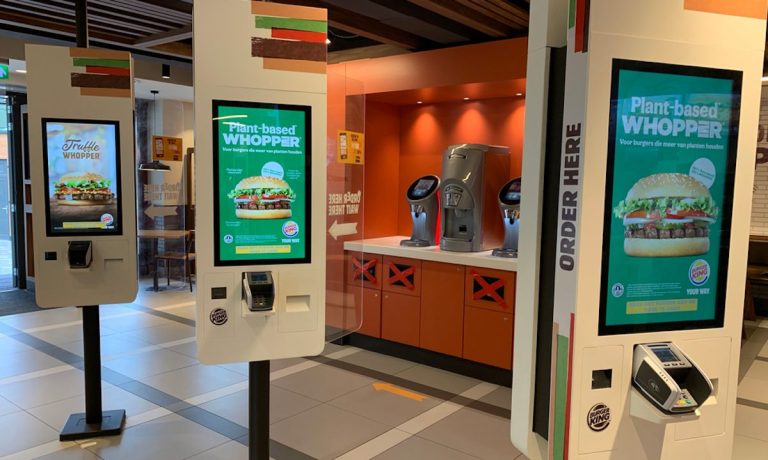
Since March 2020, the digitization of the restaurant industry has been dramatically accelerated. While many in the industry see this as a gain, providing businesses with a way to meet the evolving needs of today’s highly connected consumers, not all restaurants are experiencing the shift as a positive thing. For full-service restaurants, the pandemic has overturned their model, leaving them at a disadvantage as restaurants look toward the post-pandemic future.
“Fine dining is the category that has been affected the most — there are some restaurants that have been standing for decades, and practically they have gone out of business,” Mahmood A. Khan, Ph.D., FAND, FMP., professor of hospitality and director of the MSBA program at Virginia Tech’s Pamplin College of Business, told PYMNTS in an interview. “Fine dining and casual dining — those are the two that will continue to get very much changed. Fast food will keep developing fast. In fact, it was the least affected by the pandemic.”
Khan, who has been studying the restaurant industry for several decades, noted that quick-service restaurants (QSRs) were able to shift to remote channels such as delivery and curbside pickup, self-guided ordering at kiosks, and even fully digital ghost kitchens — but fine dining restaurants had to rush to rethink their menus to even make delivery a feasible option, coming up with more transportable offerings. Khan views this as an acceleration of the separation between the customer and the places their foods come from.
“Every additional technology is driving the consumer away from the producer,” he said.
He noted that this shift could have a devastating impact on the full-service restaurant, where the relationship with the server is a vital part of the experience. Additionally, he predicts that the shift will culminate in the widespread availability of drone delivery.
Khan’s prediction echoes that of Beth Flippo, chief technology officer for Drone Express, who predicted a fully automated food delivery process, totally removing service providers from the experience. “Eventually, your Tesla will be sitting in a parking lot. You’ll be in your office. You’ll order something. The drone will talk to the car. The car will open its trunk. It will deliver the package into the trunk and fly off,” Flippo said. “That’s what we really want to get to, where the robots on the ground hand off to the drones in the air, and the drones in the air talk to each other and find perches to land and charge … That’s the amazing part about drones for us.”
Read more: Drone Express CTO: Fully Autonomous Grocery Delivery Is on Its Way
By the Numbers
PYMNTS research from the 2021 Restaurant Readiness Index, created in collaboration with Paytronix, which surveyed 514 QSR and full-service restaurant managers from across the United States in the spring, found that table-service restaurants continue to generate orders primarily through the channels that managers believe will be the slowest to recover, should they ever return to pre-pandemic levels.
Specifically, the study found that a much greater portion of table service restaurant sales — especially independent table service restaurants — come from in-store orders. Meanwhile, the greatest share of QSRs orders — especially chain QSRs — come from digital orders. The same study found that the bulk of restaurant managers expect revenues from digital orders to exceed pre-pandemic levels, whereas a plurality of managers believe that revenues from in-store orders will remain below pre-pandemic levels.
Related news: QSRs’ Lagging Loyalty-Reward Investment Hurts Innovation and Sales